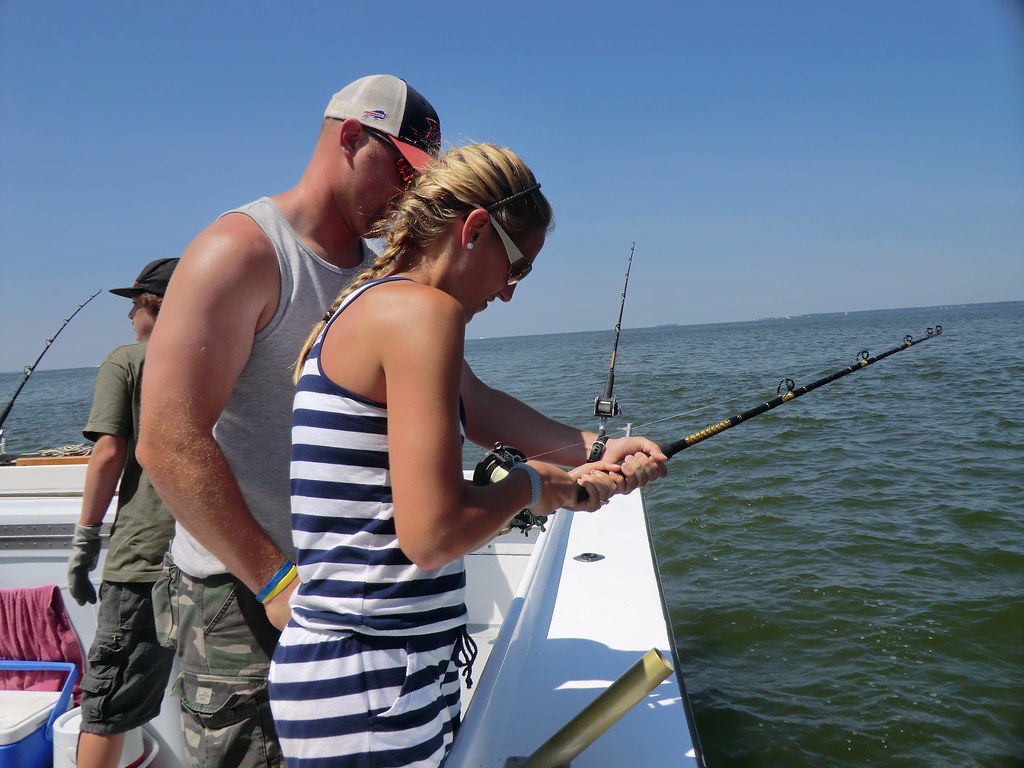Revised Regulations Seek to Reduce Minimum Size Requirement for Striped Bass
Conservation-Minded Changes a Win-Win for Species and Sport
 The Maryland Department of Natural Resources has submitted revised regulations that aim to reduce the minimum size requirement of striped bass for recreational anglers and charter boats during the summer and fall fishing seasons in the Chesapeake Bay and its tidal tributaries from 20 to 19 inches.
The Maryland Department of Natural Resources has submitted revised regulations that aim to reduce the minimum size requirement of striped bass for recreational anglers and charter boats during the summer and fall fishing seasons in the Chesapeake Bay and its tidal tributaries from 20 to 19 inches.
The changes, approved by the Atlantic States Marine Fisheries Commission in February, are proposed to take effect May 16, 2018.
The proposal seeks to reduce the minimum size of striped bass with corresponding conservation-minded changes to gear, including the requirement that non-offset (inline) circle hooks be used when chumming and live-lining, and circle hooks or “J” hooks (of any gap width or size) when fishing with bait such as crabs, fish and worms.
In addition, the proposed regulations would sunset after two years, which will allow the department to determine if the new conservation actions were preventing fish mortality as intended. The department will have new stock assessment data available at that time.
“After further consultations with anglers, charter boat captains, legislators and watermen, we believe the revised regulations strike the right balance between conservation and recreation,” Maryland Natural Resources Secretary Mark Belton said. “By lowering the minimum size of striped bass with additional conservation requirements, we will reduce striped bass mortality in the bay, and increase recreational fishing opportunities and success. These regulations are a win-win for the species and sport.”
The new regulations on gear, season and size were submitted to the Maryland General Assembly Joint Committee on Administrative, Executive and Legislative Review. The department awaits legislative review and approval of the regulations before the start of the summer fishing season. If the committee does not approve the regulations, the department has proposed identical regulations, which would likely begin in July 2018.
“The new regulations seek to address the shared concerns of anglers, charters and conservationists who report a high number of sublegal rockfish being caught, discarded yet dying in the bay due to deep or gut hooking,” Belton said. “Through the use of studied and proven circle hooks, we hope to reduce mortality and produce healthier stocks.”
In anticipation of the proposed changes, either in May or July 2018, the department has begun a proactive education and public relations campaign to ensure that anglers, bait-and-tackle shops and charter boat captains understand the new minimum size and gear requirements so they can properly prepare for the start of the season. The Natural Resources Police have also been briefed on the changes so as to provide for a smooth transition this coming season.
